It’s a Tuesday morning, one of those pleasantly rain-washed ones that make you forget the stifling heat of Mumbai from just a few weeks ago, and which lies in wait again, once the monsoons run their course. On Laburnum Road – which true to its name – is lined with trees (not flowering at this time of the year), as well as graceful old buildings, there is a quiet that you find in some sections of the city, a sense of being away from the chaos. Step into one of the older wood-framed houses on the street, and the feeling of having stepped back in time intensifies. Here, on the ground floor are glass-fronted shelves packed with books: Many on philosophy, but here and there, some literature as well – a Constance Garnett edition of Tolstoy’s War and Peace, The Arabian Nights. A frayed copy of HG Wells’ Outline of History. Old-fashioned card catalogues line narrow drawers, presenting an exhaustive index to the tomes. Up the stairs, is a room that has framed sepia photographs on its walls – world leaders, figures who shaped modern history. Also on display are letters exchanged among them. A storey above that is a curious room with small box-like cases arranged in sequence; miniature dolls within them establish in exquisite detail, the major events in the life of Mohandas Karamchand Gandhi. The house is Mani Bhavan, where Gandhi lived during his visits to Bombay. Now preserved as a museum to the Mahatma, its usual visitors include school-children and the curious tourist. On this July day, it is also playing host to five photographers from Pakistan. [caption id=“attachment_2868456” align=“alignnone” width=“825”] 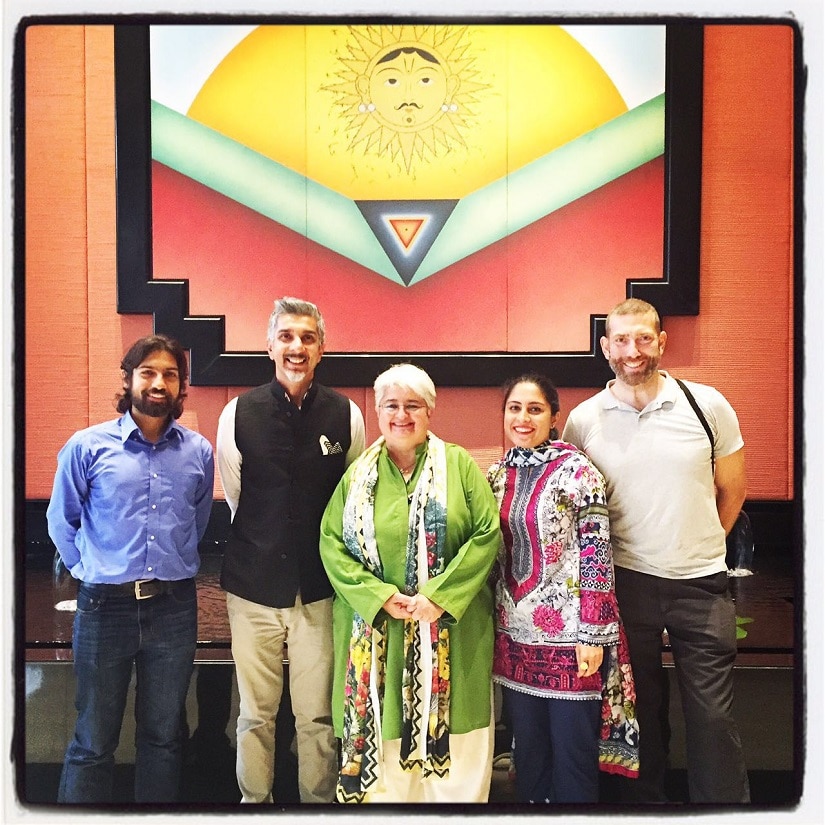 (L-R) Mobeen Ansari, Amean J, Farah Mahbub, Malika Abbas and Macolum Hutcheson[/caption] In Mumbai as part of the Observer Research Foundation’s ‘Tasveer-e-Karachi, Tasveer-e-Mumbai’ programme (an exchange programme between Pakistani and Indian photographers; the Indian contingent will visit Pakistan a little later this month), Amean J, Malika Abbas, Farah Abbas, Mobeen Ansari and Matthew Hutcheson have been going around the city for the past 10 days, capturing on their cameras whatever catches their fancy. Mani Bhavan, and its legacy, make for an interesting subject. But during their stay here, each has found a different facet of Mumbai to appreciate. [caption id=“attachment_2868476” align=“alignnone” width=“825”] 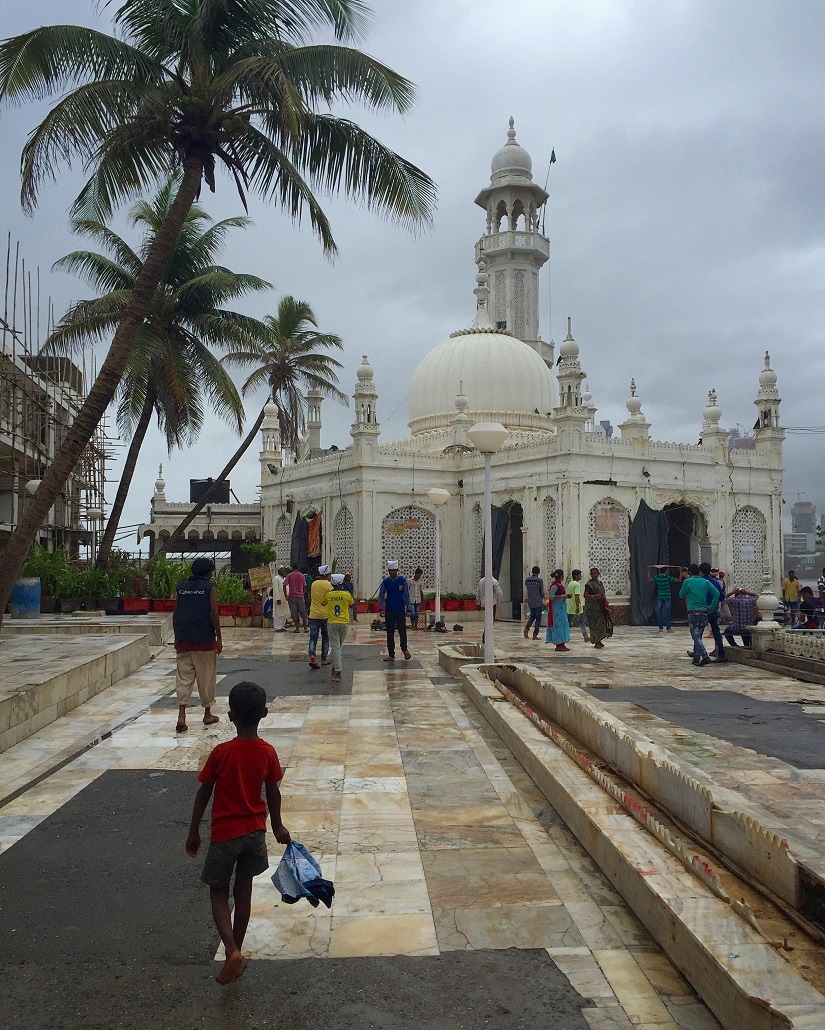 At Pia Haji Ali, image by Farah Mahbub[/caption] For Malika Abbas, who is a senior photojournalist working with the Dawn group of publications in Karachi, it is the Parsi community that has been interesting to document. While in Mumbai, she has visited the Parsi Colony in Colaba, and has been shooting with families there. She points to the Dadar phool market as another place she enjoyed visiting. “All of us (in the group) have our own focus,” she explains. “So between us, we’ve got all kinds of subjects, genres covered.” Fine art photographer and Indus Valley School of Art and Architecture faculty member Farah Mahbub says the people on the street have made the best subjects for her photos. But two localities she visited here have made for especially wonderful experiences. “Just walking around in Bandra (was really nice) because it’s so different (from the rest of the city),” says Farah. “Apart from that, Pia Haji Ali – that was stunning! The whole walk leading up to it, the flowers…” [caption id=“attachment_2868460” align=“alignnone” width=“825”] 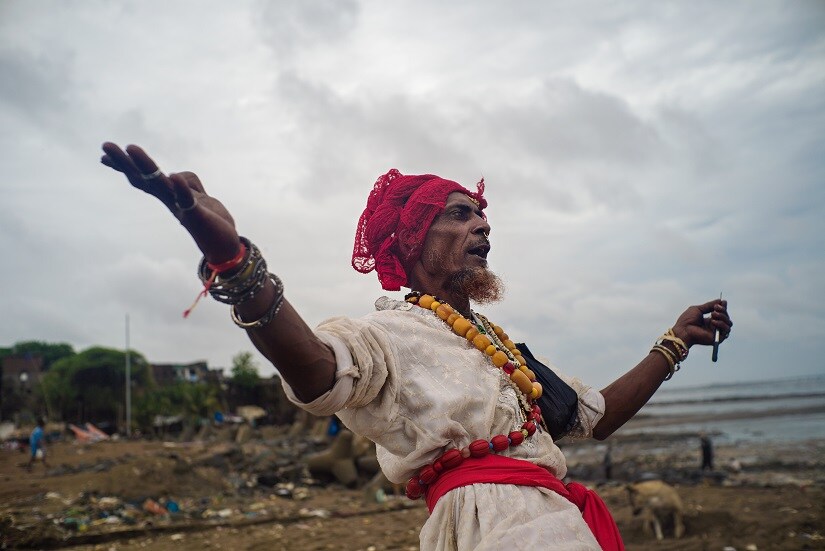 ‘Old Mumbai’ by Malcom Hutcheson[/caption] [caption id=“attachment_2868464” align=“alignnone” width=“825”]  ‘New Mumbai’ by Malcolm Hutcheson[/caption] The photographers are in the topmost storey of Mani Bhavan at this time, looking around the exhibits. Malcolm Hutcheson – who has been shooting elsewhere – joins the group now. Hutcheson describes himself as a “token Pakistani” – he has lived and worked in the country for over two decades now. He is also an assistant professor of photographic arts at the National University in Lahore. While in Mumbai, Hutcheson has continued work on a project about polluted rivers; the Mithi certainly fits in with the theme. Previously, he has won the Prix Pictet for his work focussed on sustainability, although Hutcheson’s oeuvre has expanded to cover the environment and minority rights. As a noted fashion photographer, Amean J’s work has a very different focus. In Mumbai, however, he admits he’s had a chance to indulge in the kind of photography that’s separate from his commercial work. To train his lens on Mumbai has been a curious exercise – the city, Amean says, has changed so much since his last visit here, nearly 15 years ago. [caption id=“attachment_2868488” align=“alignnone” width=“825”] 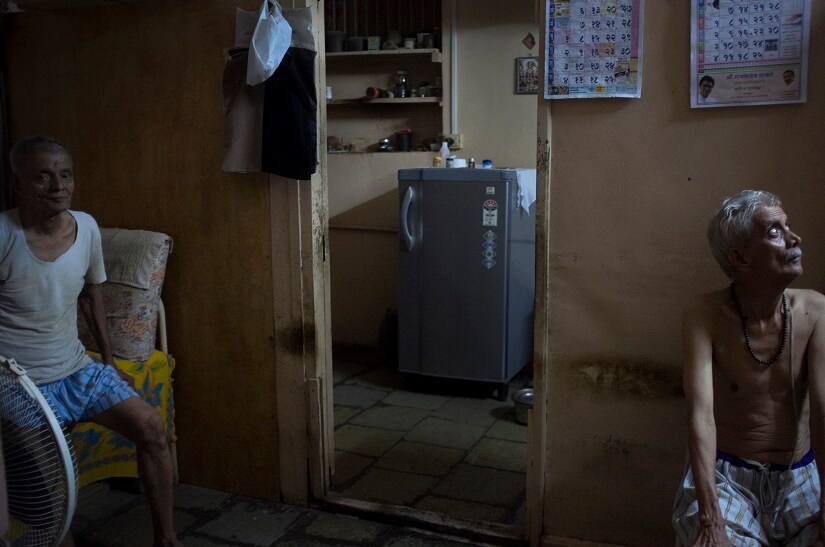 Image by Malika Abbas[/caption] “Mumbai is so much like Karachi, except for how much it’s grown vertically – and the rains of course!” says Amean. “I was here in 2001, so I can really make out how it has changed. And that’s something I’m very interested in capturing. When you see something every day – whether it is your child, or your city – you don’t see those changes taking place. That’s why it is so important to document your present, because it becomes your past.” Amean finds impressive how people in Mumbai keep going, despite the heavy rains that can bring traffic and most commutes to a grinding halt. “They don’t let (anything) stop them,” he marvels, “people continue to buy, sell, bargain, eat, get to work…” [caption id=“attachment_2868492” align=“alignnone” width=“825”] 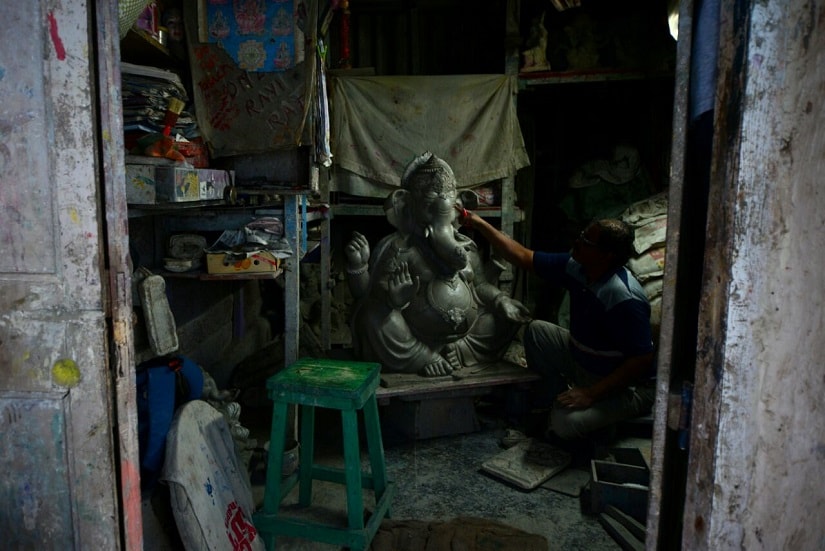 A sculptor in Mumbai works on an idol in preparation for Ganesh Chaturthi. Image by Mobeen Ansari[/caption] He adds, “Any other city in the world you travel to, it takes a few days to acclimatise. You do feel like a foreigner. But here you don’t. It’s like home.” The sentiment is one Islamabad-based Mobeen Ansari, who is also a painter and sculptor (in addition to being a photojournalist) echoes. Mobeen, who has been covering suburbs like Khar and Mahim while here, says he wants to show Mumbaikars their city in a different light; his work in Pakistan too has a similar focus. “If I were to describe my experiences here in just three words, they’d be ‘I love Bombay’. But that’s too clichéd,” Mobeen says, laughing. “Instead, I’ll go with: Feels like home.”
Five photographers from Pakistan visited Mumbai in a cultural exchange programme. Here’s what they enjoyed training their lens on most:
Advertisement
End of Article


)
)
)
)
)
)
)
)
)



